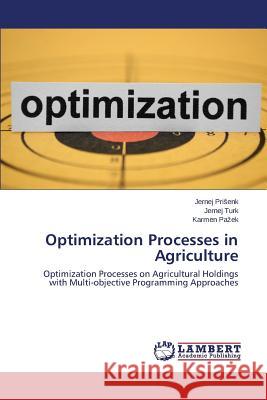Optimization Processes in Agriculture » książka
Optimization Processes in Agriculture
ISBN-13: 9783659553189 / Angielski / Miękka / 2014 / 60 str.
The agricultural-planning process is important from both social and economic perspectives. Farmers strive to produce maximum output with minimum inputs (cost optimization). During the last few decades, in addition to the economic aspect, another key factor in modern agriculture has become the environment. This book thus considers two optimization models. One has been developed for reducing the costs in optimization of the feed rations for sport horses and the second has been developed to maximize the profit during the crop planning process. The crucial advantage of these models is that there is an open program in which farmers can create a priority list of goals and subsequently set the most important tasks on their farms (e.g., reducing the production costs, maximizing the profits, saving the farm cropping area, filling in the unexploited cropping area, solving either the issue of underfeeding or overfeeding of livestock, etc.). Because of their relatively simply usage, the models are appropriate for a wide range of users; from farmers to extension services.
The agricultural-planning process is important from both social and economic perspectives. Farmers strive to produce maximum output with minimum inputs (cost optimization). During the last few decades, in addition to the economic aspect, another key factor in modern agriculture has become the environment. This book thus considers two optimization models. One has been developed for reducing the costs in optimization of the feed rations for sport horses and the second has been developed to maximize the profit during the crop planning process. The crucial advantage of these models is that there is an open program in which farmers can create a priority list of goals and subsequently set the most important tasks on their farms (e.g., reducing the production costs, maximizing the profits, saving the farm cropping area, filling in the unexploited cropping area, solving either the issue of underfeeding or overfeeding of livestock, etc.). Because of their relatively simply usage, the models are appropriate for a wide range of users; from farmers to extension services.











